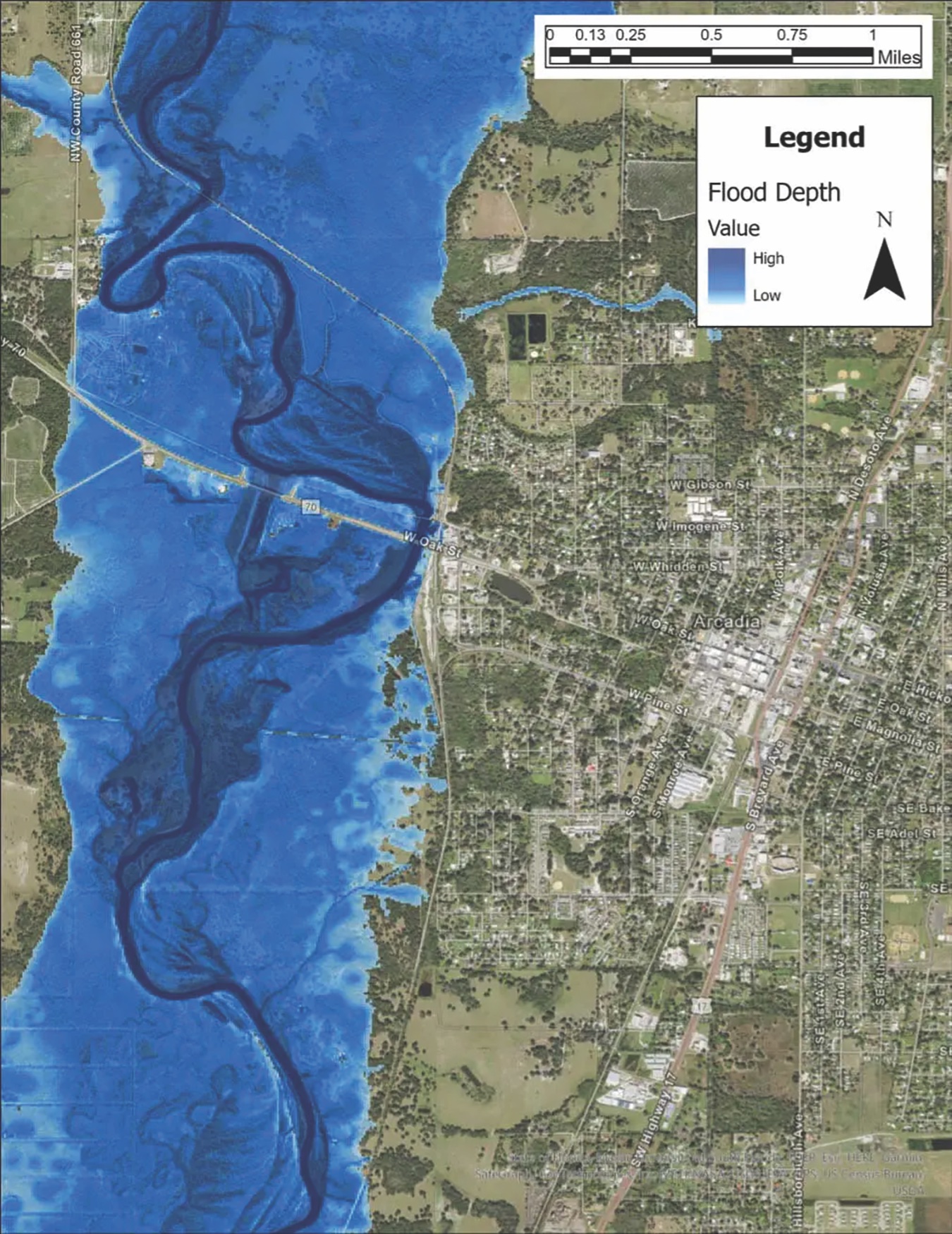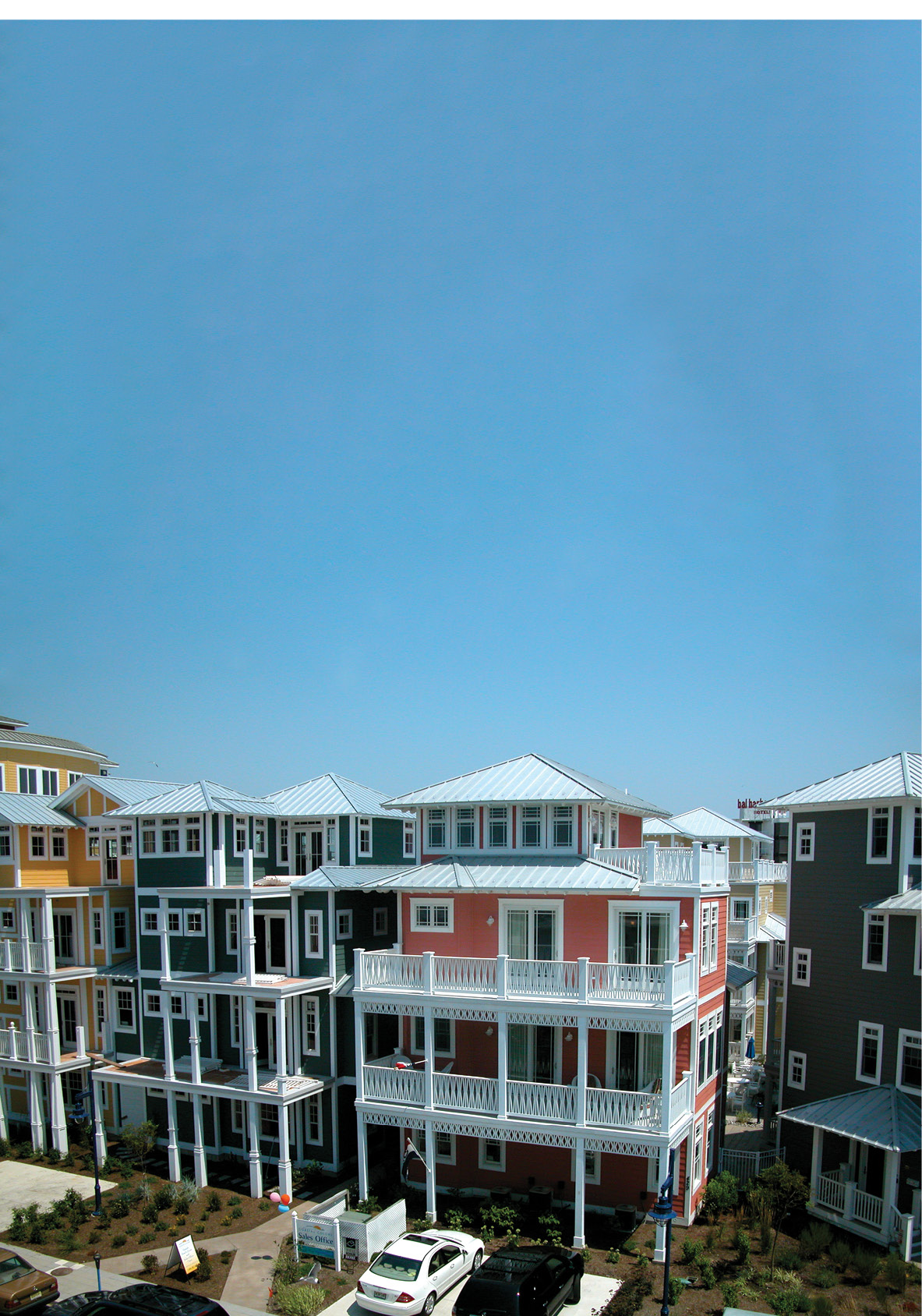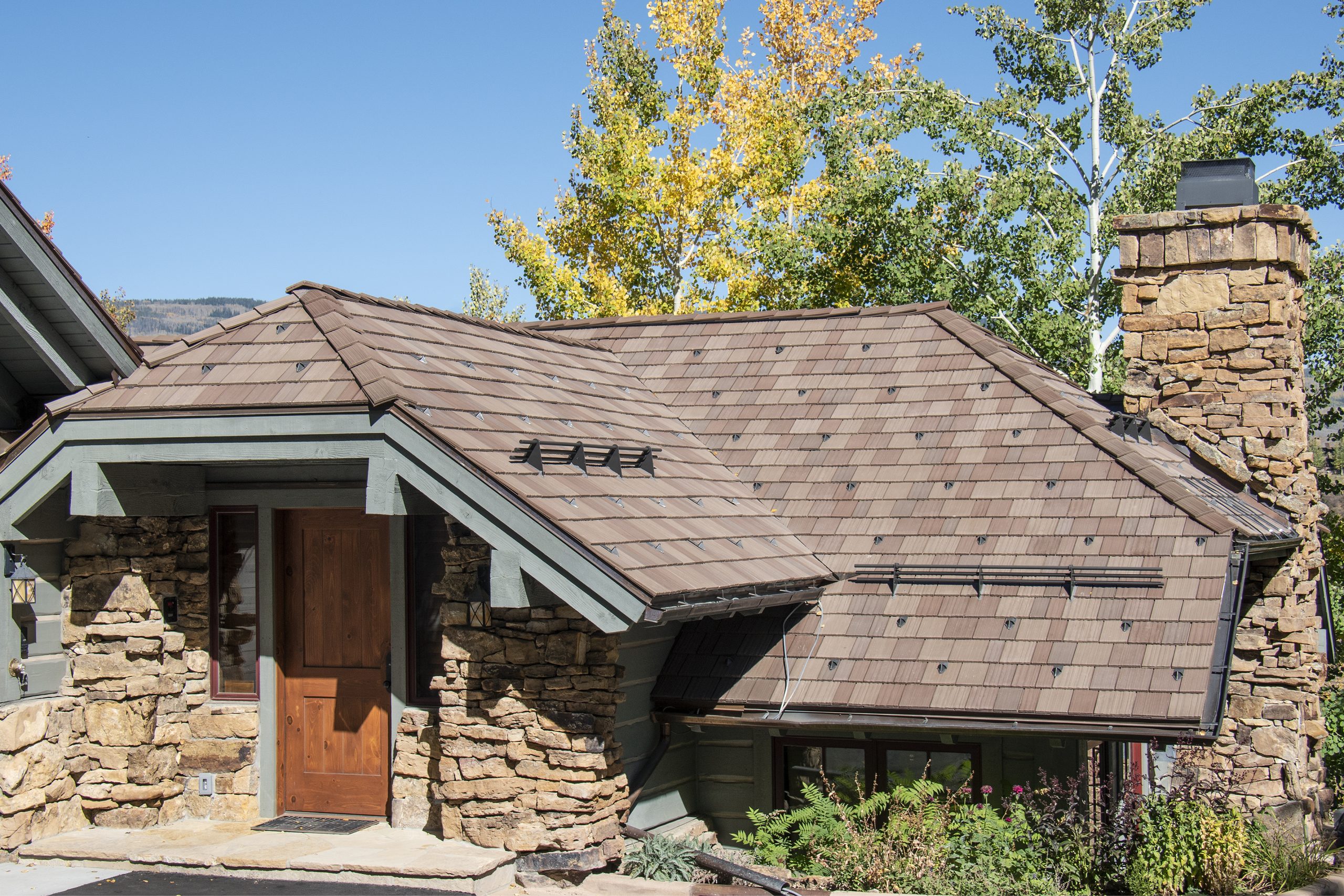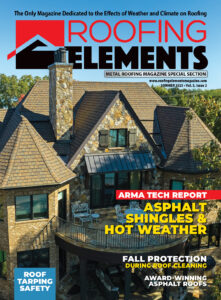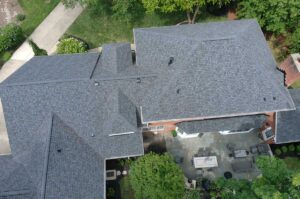By The Vinyl Roofing Division of the Chemical Fabrics and Film Association
Thermoplastic PVC roofing is a durable material able to withstand thermal cycles, structural movement, temperature extremes, and wind loads. But can it stand up to some of the most destructive winds nature has to offer — hurricanes? After all, the worst hurricane can cause catastrophic damage, leveling frame homes and leaving entire towns in rubble.
The answer is a resounding yes; PVC roofing can survive the impacts of a hurricane. We know this because it already has no less of an authority than the roof of the Miami-based National Hurricane Center of the National Oceanic and Atmospheric Administration (NOAA). It’s the mission-critical command center for storm forecasting and tracking in the United States.
When the building needed a new roof, NOAA turned to PVC roofing. Just weeks after installation, Hurricane Matthew slammed into Florida. Although the Category 5 hurricane had weakened to a tropical storm by the time it reached Miami, the absence of any damage gave NOAA peace of mind about the new roof’s capabilities. The roof performed just as well in subsequent storms, including Irma, a Category 4 hurricane that made landfall carrying sustained winds of up to 112 miles per hour.
What makes PVC roofing so durable? It’s a combination of factors that start with heat-welded seams that form a permanent, watertight bond that is stronger than the roofing membrane itself. It’s also manufactured to remain watertight in extreme conditions, including constant dampness, ponding water, high and low alkaline conditions, and exposure to plant roots, fungi, and bacteria.
For holding up in hurricanes, a critical factor is that PVC roofing meets or exceeds wind uplift requirements. Properly designed PVC roofing systems provide durability and can meet or exceed the wind uplift requirements needed to obtain FM (Factory Mutual) approvals. Many membranes have survived the onslaught of hurricanes and can be designed specifically for storm-prone climates.
Could hurricane winds reach such intensity that even a mighty PVC roof might fail? Of course. But history shows they’re a pretty safe bet.
About Chemical Fabrics and Film Association — Vinyl Roofing Division
The Vinyl Roofing Division of the Chemical Fabrics and Film Association was created to educate architects, specifiers, building owners, and roofing contractors on the attributes of PVC/vinyl as a durable, reflective, heat-weldable material for single-ply roofing systems. Representing all of the leading manufacturers of thermoplastic PVC roofing systems in North America, the Division is committed to making available sound, scientifically backed information on the environmental and functional performance of energy-efficient PVC roofing membranes.




